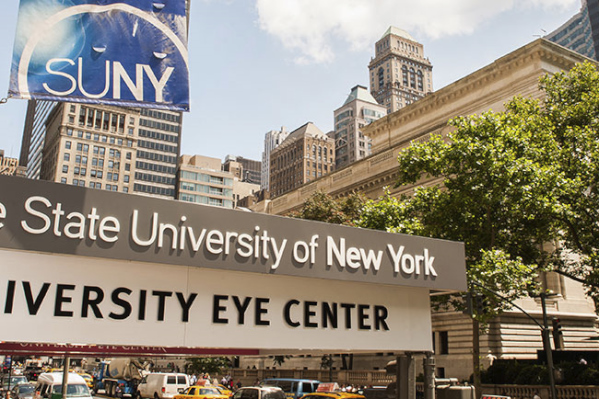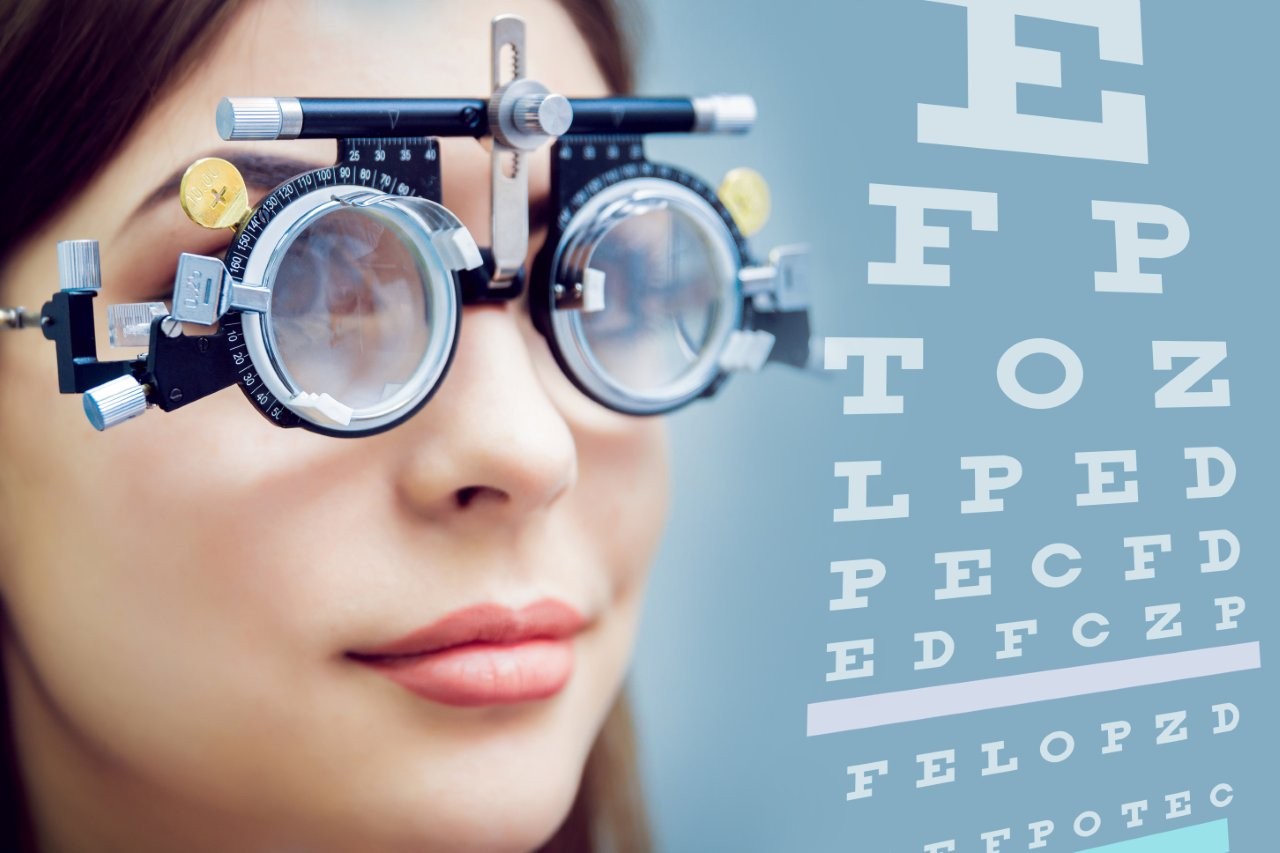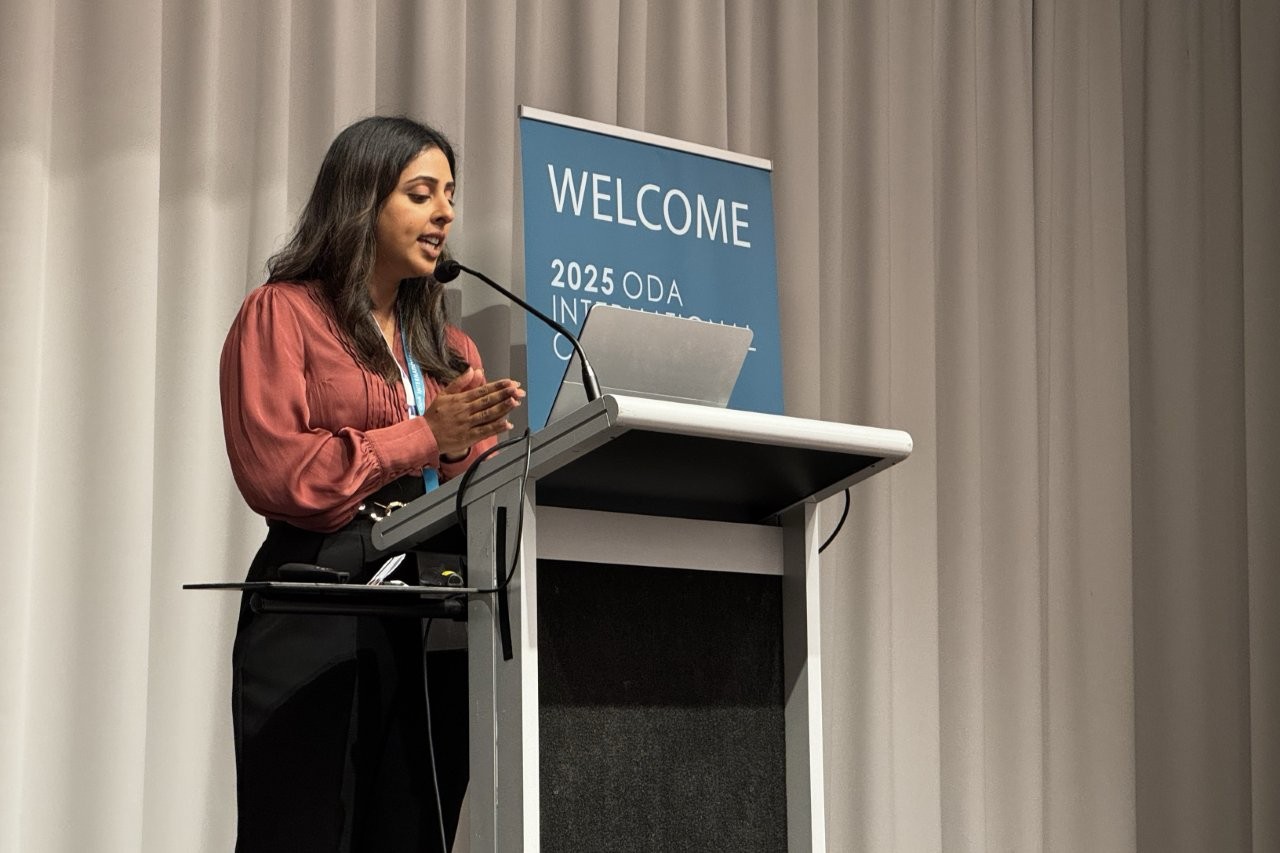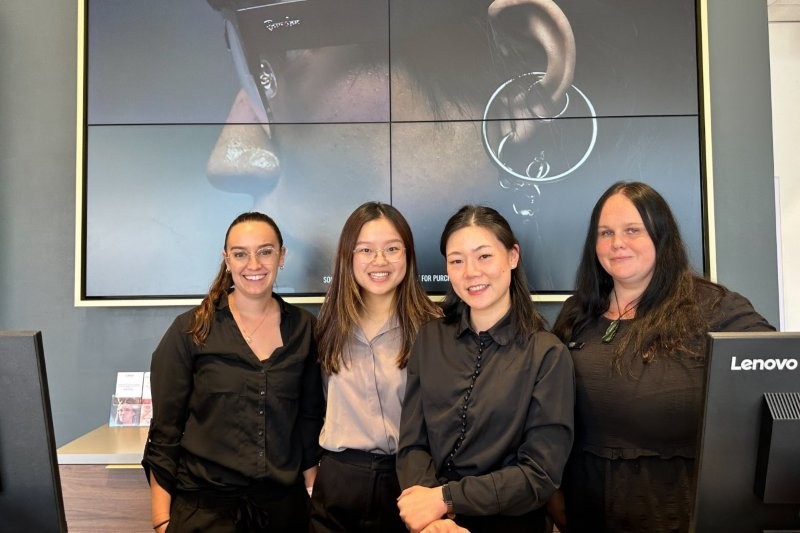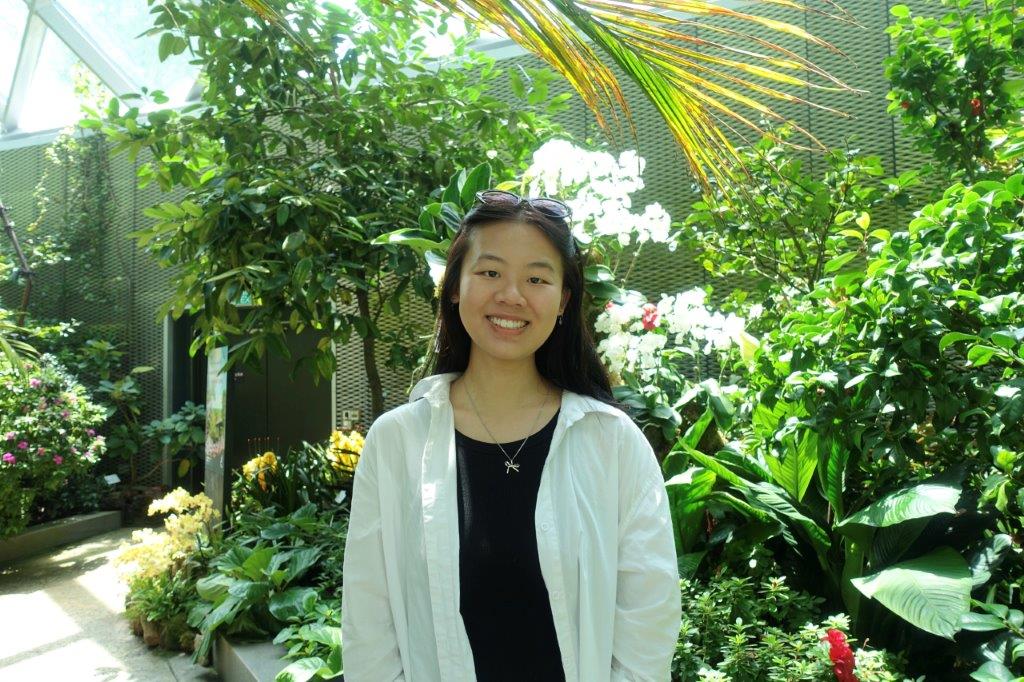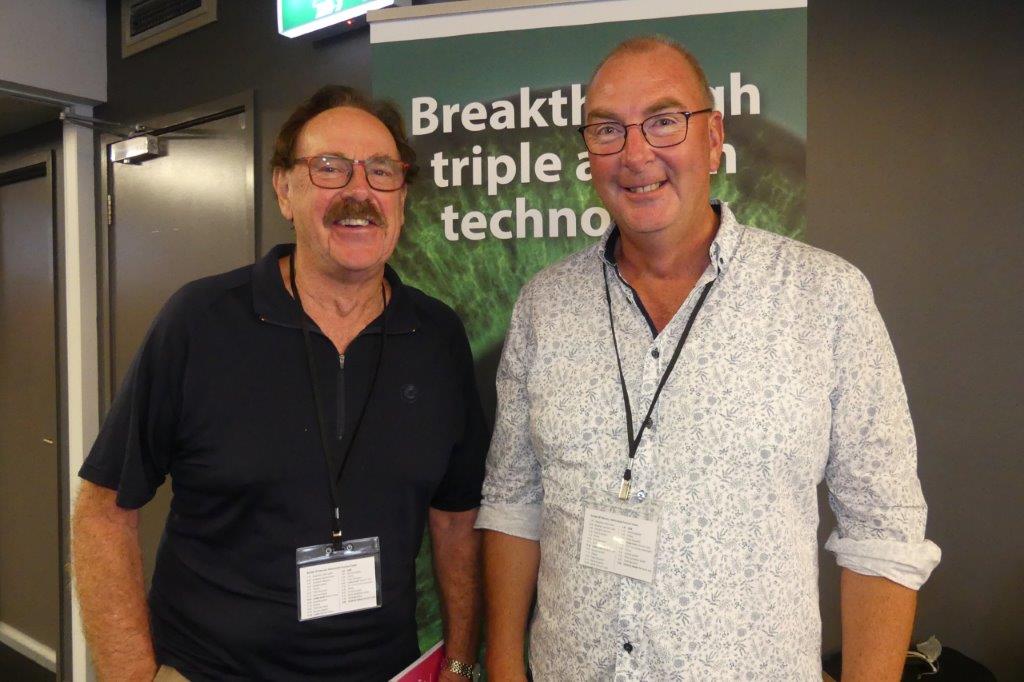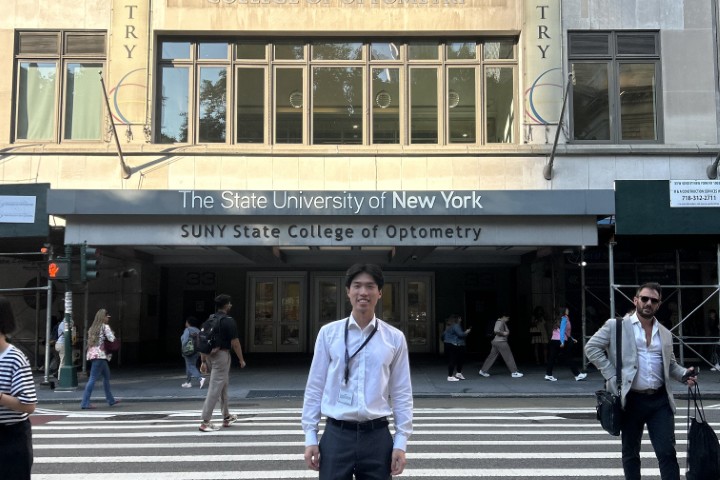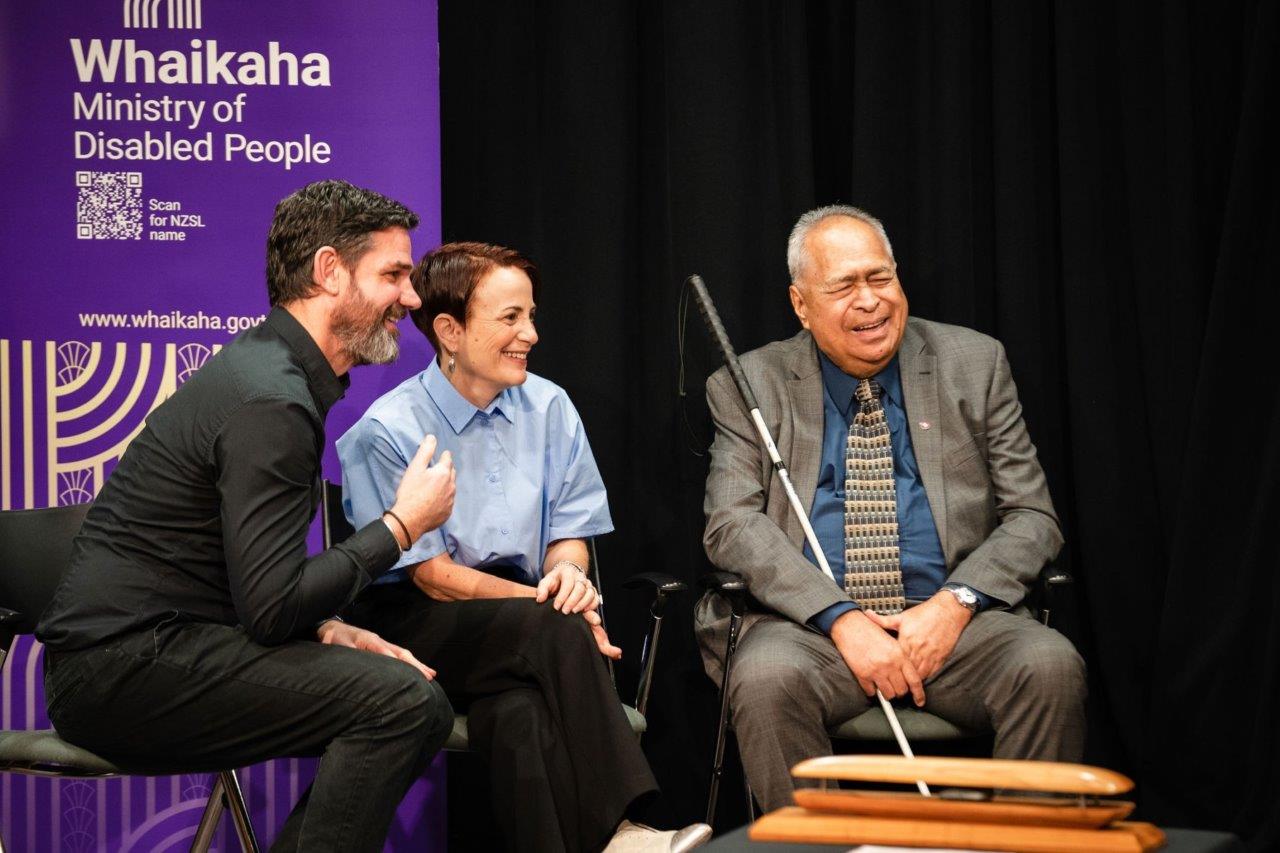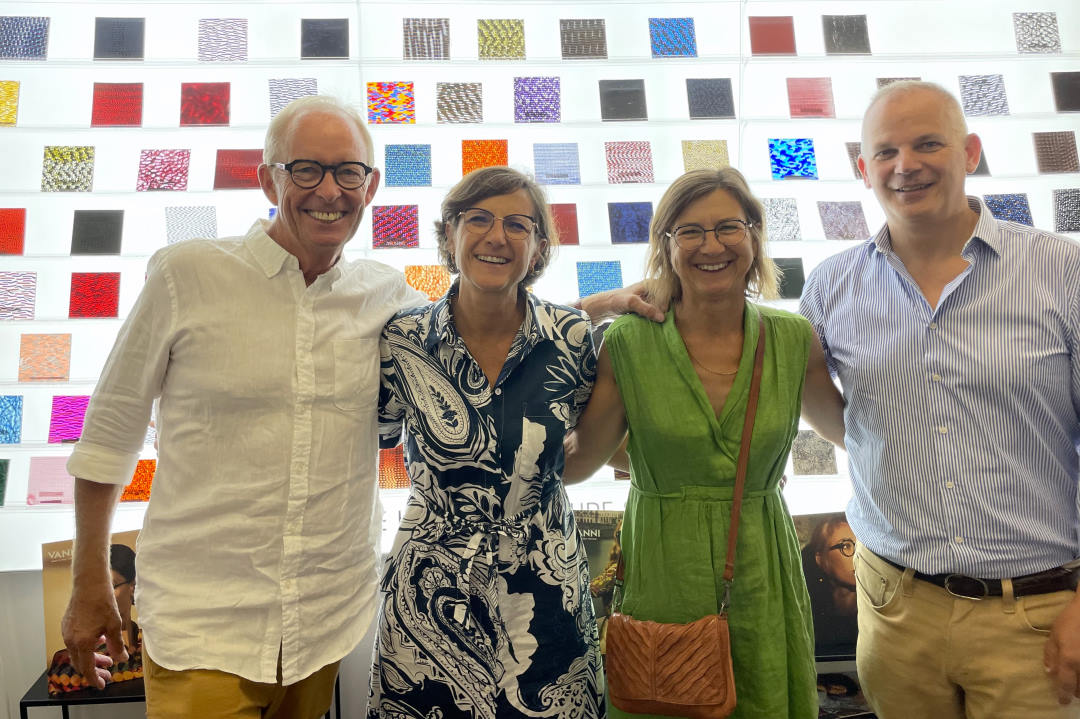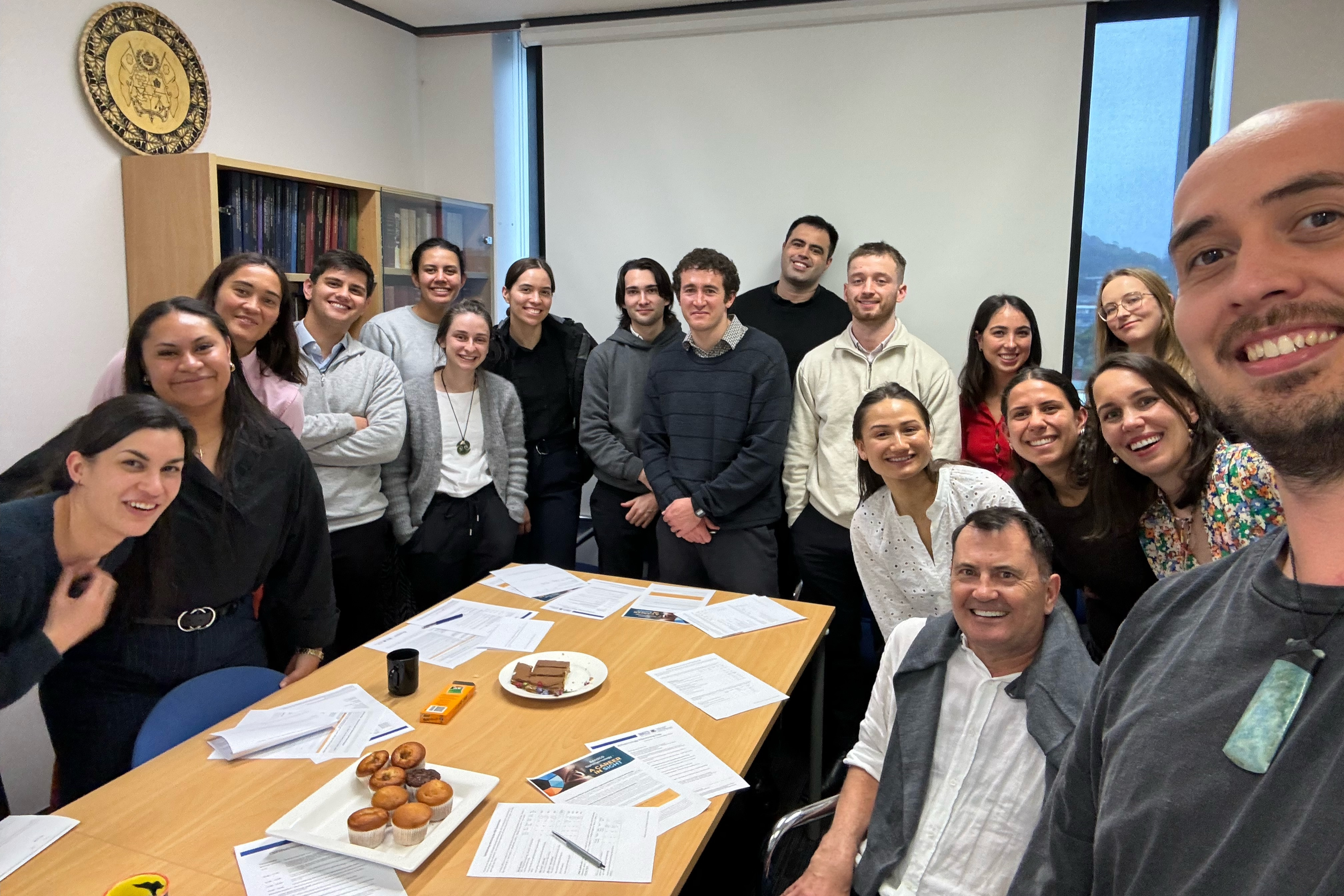SUNY days in New York
Kiwi optometrist Robert Ng reports on his experience at the State University of New York (SUNY) as a Snowvision SUNY scholarship recipient.
After spending a couple of days in San Francisco, I finally arrived in New York. Catching the bus from Newark Airport in New Jersey to New York City, I passed through the bright lights and colours of Times Square. It was just like a scene from the movies.
Staying in Brooklyn and catching the subway every day into Manhattan made me feel like a NYC local. SUNY is located in the heart of Manhattan on 42nd Street, directly opposite the New York Public Library. The college consists of 12 floors, housing four clinical floors with a specialty on each.
Initially, I spent my time observing both students and residents in their clinics and, after explaining my accent was from New Zealand and Australia and New Zealand are two separate countries, got into the swing of things. Apart from the clinic sessions, you can also attend the students’ ground rounds, where they share interesting cases, and the advanced workshops, where I learnt how to insert intravenous cannulas, which is allowed for optometrists in certain settings.
Optometry in the US is seen as the gold standard worldwide and it was a great experience, not only seeing what optometry is like there and, more specifically in New York, as a US optometrist’s scope varies from state to state, but also how the US healthcare system works in general. For me, healthcare and education are a fundamental right for citizens. The fact free (universal) healthcare does not exist in the US and the law mandates citizens must buy medical insurance made me appreciate what we have back home. For example, one patient had to pay US$200 for a bottle of Tobradex eye drops even after their medical insurance had paid its portion. I also heard of another patient having to pay US$50 for a bottle of Patanol, when the most a patient would pay back in New Zealand is $15. On the other hand, it does mean the US is one of the first countries in the world to get access to various new technologies and medications.
While I was there, the clinicians were actively using Vyzulta (latanoprostene bunod), a new glaucoma medication approved by the US Food and Drug Administration (FDA). Vyzulta is not a new class of medication but a dual-action prostaglandin. It consists of nitric oxide, which targets the trabecular meshwork, and prostaglandin, targeting the uveoscleral pathway. The optometrists were also doing electrodiagnostics on those with glaucoma, as it’s believed glaucoma progression and ganglion cell function can be measured by performing a pattern electroretinograph.
Members of SUNY’s academic staff are actively involved as consultants with manufacturers, so it was also interesting to hear about upcoming improvements in equipment, such as the 24-2-C feature on the Humphrey visual fields which will test more central points.
The four weeks of the scholarship flew by, but it was well worth the experience and I learnt a lot during the short time I was there. I would like to thank both the Snowvision Charitable Trust and the New Zealand Association of Optometrists for funding the Snowvision scholarship and for giving me the chance to experience optometry at SUNY.
Two Snowvision SUNY scholarships are awarded each year, to a New Zealand optometrist and a final year student completing the BOptom, to attend SUNY, New York, for a period of four weeks to improve their clinical skills. The scholarship is for a maximum of NZ$7,000 and covers travel from Auckland to New York and the tuition fees at SUNY. For more information or to apply, please email Hamish Caithness at hcaithness@xtra.co.nz.
Meanwhile Snowvision, the biennial conference in Queenstown, returns from 5-8 Aug 2020.








